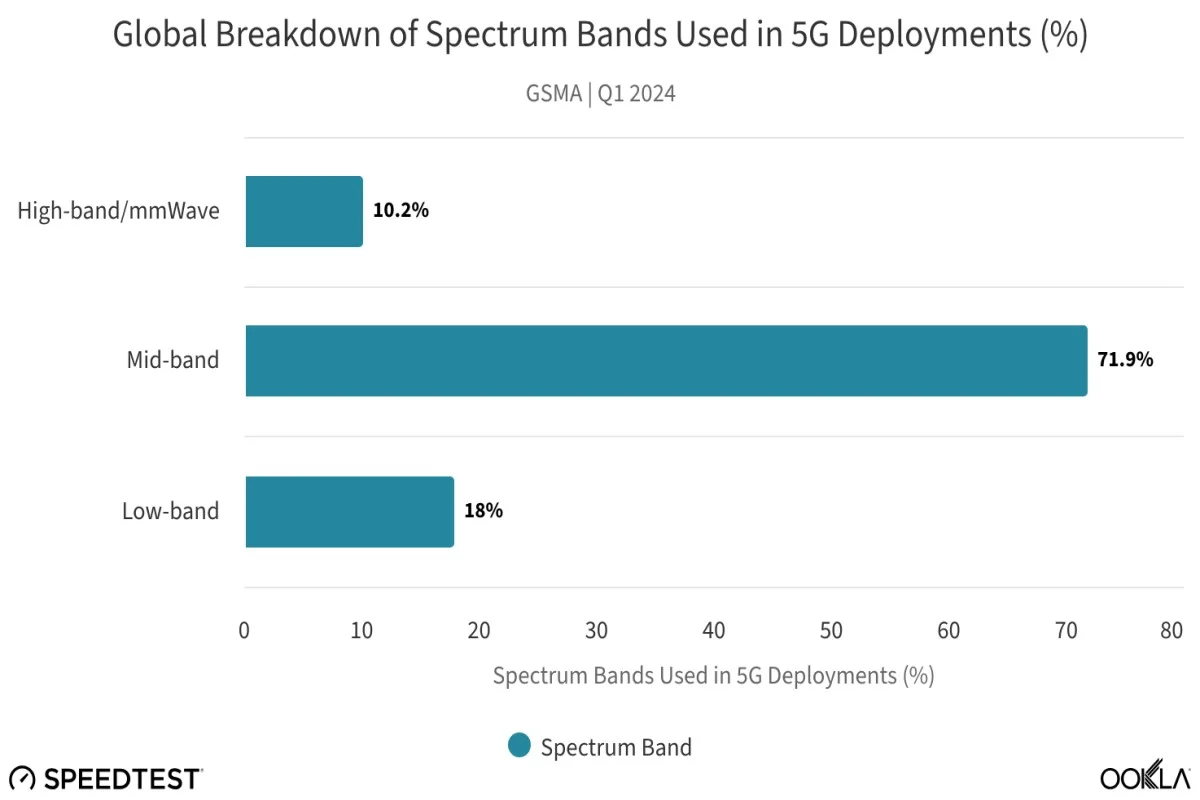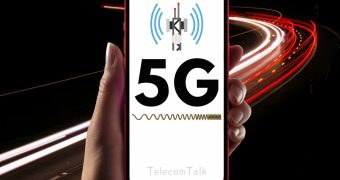
5G's success depends a lot on the mid-band spectrum. Telecom operators globally have deployed 5G in the mid-band spectrum to offer services to consumers. Of course, for industrial use cases, mmWave bandwidth is required, but for general use cases, mostly related to consumers, the mid-band is the king. According to an Ookla report, out of 295 operators globally, 72% of the operators used mid-band spectrum to offer 5G. The others which haven't are likely only offering B2B services with 5G using mmWave band.
Read More - India Falls 4 Ranks in Ookla’s Speedtest Global Index for Mobile Speeds
Be it 5G SA or NSA, the mid-band makes a lot of sense for the telcos. It is because it offers a blend of coverage and speed. The sub-GHz spectrum offers coverage, but not much speed. With the mmWave bandwidth, telcos can get ultra-fast speeds and ultra-low latencies, but the coverage is extremely poor. For commercial success, 5G needs mid-band spectrum. Thus, most of the use cases around 5G will be developed keeping in mind that telcos are going to be offering mid-band spectrum.

Even in the case of India, which has witnessed one of the fastest 5G rollouts in the world, the telcos have used mid-band spectrum. The n77 and n78 bands are supported by almost every 5G phone. This is because the smartphone makers understand that telcos are going to be deploying mid-band spectrum for 5G. For the unaware, the n77 and n78 bands are mid-band. In the international markets, this is also called C-band spectrum.
Read More - BSNL 5G Testing Underway, DoT Confirms
In India, the GSMA and COAI, two telecom bodies have requested the government that the 6 GHz spectrum should be allocated to the telcos for mobility purposes. According to the telecom associations, Indian telcos don't have access to enough bandwidth in the mid-band to offer end-to-end coverage of 5G in the coming years. Thus, the 6 GHz spectrum could help in filling that bandwidth gap. However, the tech companies have argued that that the 6 GHz band should be delicensed so that it can be used for Wi-Fi.















